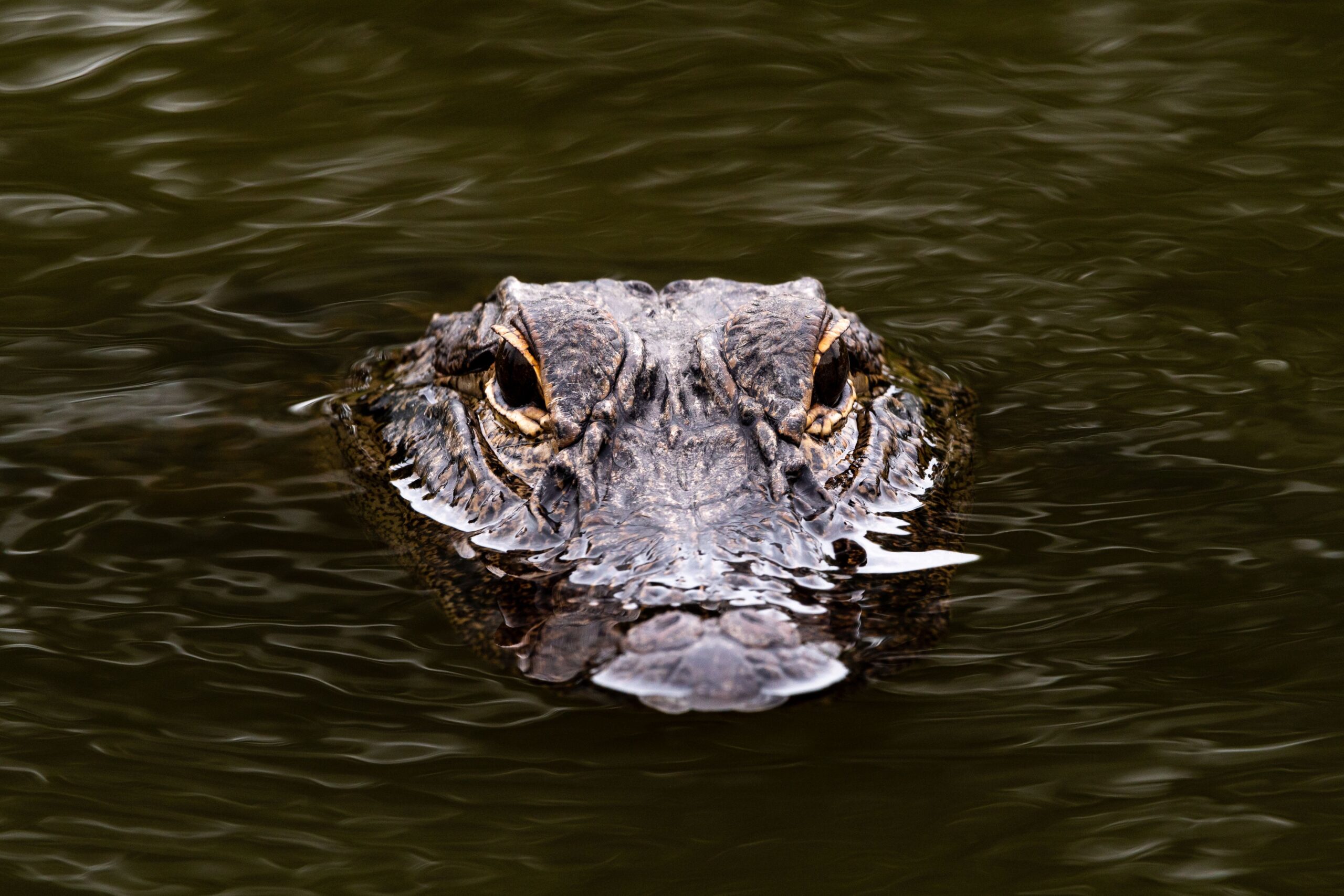The Everglades is made up of many different species–animals and plant life. The black mangrove, butterfly pea, Brazilian pepper, white fragrant water lily and the cattail are all plats that are commonly found in the everglades. At a high elevation, between the high and low tide marks, grow the Black Mangroves from the family Verbenaceae. They have underground roots that form a dense mat and send up thin, vertical roots from beneath the soggy ground. These “air roots”, called pneumatophores, which may be a foot or so high, absorb oxygen from the air when the underground roots are covered. These taller black mangroves can grow to 70 feet. They have darker, denser foliage than the red mangrove, and form a nearly solid canopy.
ride-the-wind more birds
The butterfly pea plant is a perennial herbaceous plant, with elliptic, obtuse leaves. It grows as a vine or creeper, doing well in moist, neutral soil. The most striking feature about this plant are its vivid deep blue flowers; solitary, with light yellow markings. They are about 4 cm long by 3 cm wide. There are some varieties that yield white flowers.
Brazilian peppers, sometimes called the “Florida Holly”, are large evergreen shrubs that can grow as tall as 40 feet. In the spring, they have small yellow-white flowers. In late fall, female shrubs produce clusters of red berries. They can be distinguished from similar shrubs by crushing several leaves. If they smell like turpentine, the plant is a Brazilian pepper.
Brazilian peppers were introduced to Florida in the late 1800’s. They grow rapidly in most habitats, are salt-tolerant, and have no natural predators here. They are very invasive, displacing valuable native plants. They are prohibited and should be destroyed. It is illegal to cultivate, sell, or transport them.
ride-the-wind berries of everglades
Water lilies have floating leaves. There are about 40 species of water lily in the world, plus numerous hybrids and varieties. Some water lily species prefer southerly warmth and are found in temperate and semi-tropical zones, some prefer the cold and are found only in northern Canada and Alaska. Cattails are wetland plants with a unique flowering spike, flat blade like leaves that reach heights from 3 to 10 feet. They are one of the most common plants in large marshes and on the edge of ponds. Two species are most common in US: broad leaved cattail and narrow leaf cattail. Under the right conditions, cattails can grow and spread vigorously. The pollinated flowers develop into fluffy seed heads, blowing across a pond in autumn breezes.
Experience all of this and more on one of our Airboat Tours!






